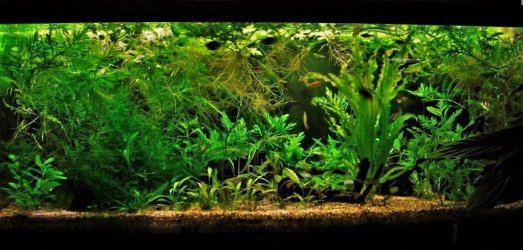I may be causing some confusion here by using "gravel" as a term for coarse sand. I'm no rock expert, so I gave the grain size 1-2mm of the top substrate. The quite enlarged picture with the small snails is very likely contributing to this impression of large rocks, but that's really not the case. It's not the finest sand, but probably can still be called sand. Here's the the description of what I have:
Thank you kind sir. I've also researched them and agree the interwebs is full of various info. For example here (
https://www.fishkeepingworld.com/cardinal-tetra/ ) it says "Cardinal tetras are the perfect beginner fish" which is I don't believe is the case. I also think they are fussy, maybe not as fussy as the neons, but still fussy. I was initially considering going with embers instead because of this reason.
Thank you! I will continue to post progress and be open to any suggestions. I'm hoping your fears will not materialize. For now the fish are doing good, and a couple pairs are doing a mating dance. They started to swim in a school and they are eating well. One of them is a bit of a loner, perhaps a bit stressed even though it's not showing. I'll keep an eye on it.


